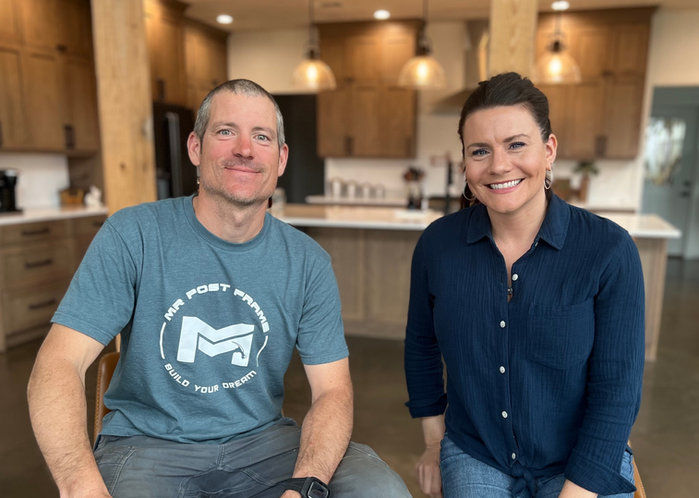Radiant Heat Install Pt 3/5 | Boiler Install | MAD County Build
- Creative PostFrame
- Feb 28, 2024
- 2 min read
Today marks part three of our radiant heat system installation, where we'll be setting up the NTI boiler. I'll guide you through the process of installing and connecting the boiler to your controls and other components.

The NTI boiler I have is highly efficient, boasting a 96% efficiency rating. It's designed for both natural gas and LP, although it comes pre-set for natural gas. I'll demonstrate how to convert it to LP, including the necessary adjustments. As you can see, the boiler is quite robust, featuring 3-inch venting. My system is a closed-loop setup specifically for radiant heat. I won't need a mixing valve to regulate the temperature, as I can set it directly on the boiler.
Now, to mount this, I'll need some assistance due to its weight. Moving on to the installation, my original plan had a different, shallower unit. However, with this NTI boiler, adjustments are needed to meet my clearance requirements. I'll be relocating some pipes for a cleaner setup.

Moving on to the gas setup, I've installed a T, gas shut-off, and a 4-inch drip leg. The flexible hose connects everything, but remember to check your local regulations regarding piping. With the gas connections secured, let's move outside to drill the venting hole. Using a concentric vent, I'll only need one hole for both intake and exhaust. This method aligns with the boiler's instructions. Drilling the hole requires precision, and I recommend using Diablo Hole saws for a clean cut.

Venting complete, it's time to tackle the LP conversion. Adjusting the valve body is the key step, followed by testing for leaks. Remember to follow the manufacturer's instructions closely. I've completed the piping for exhaust and intake. The system's design allows for easy removal if needed, making maintenance straightforward. Venting and gas connections are complete.
The last steps involve connecting the supply and return lines, ensuring proper fittings with brass valves and unions. I'll use Teflon tape for threaded connections. The fast-fill connection to the domestic water ensures the system maintains the right pressure automatically. I've also connected the relief valve, the drain condensate line, and the electrical plug. Part four will cover filling the system and the initial startup. Don't miss out on that! Check out our website for valuable resources, including a new budget sheet. We'll catch you in the next post.
Happy building,
MR Post Frame

Patreon Group:
Interested in tackling your build on your own? If you want to explore the possibility of being your GC or self-building, our Patreon membership is for you! It's a community of like-minded people offering support, discounts, Q/A, and more.







Comments